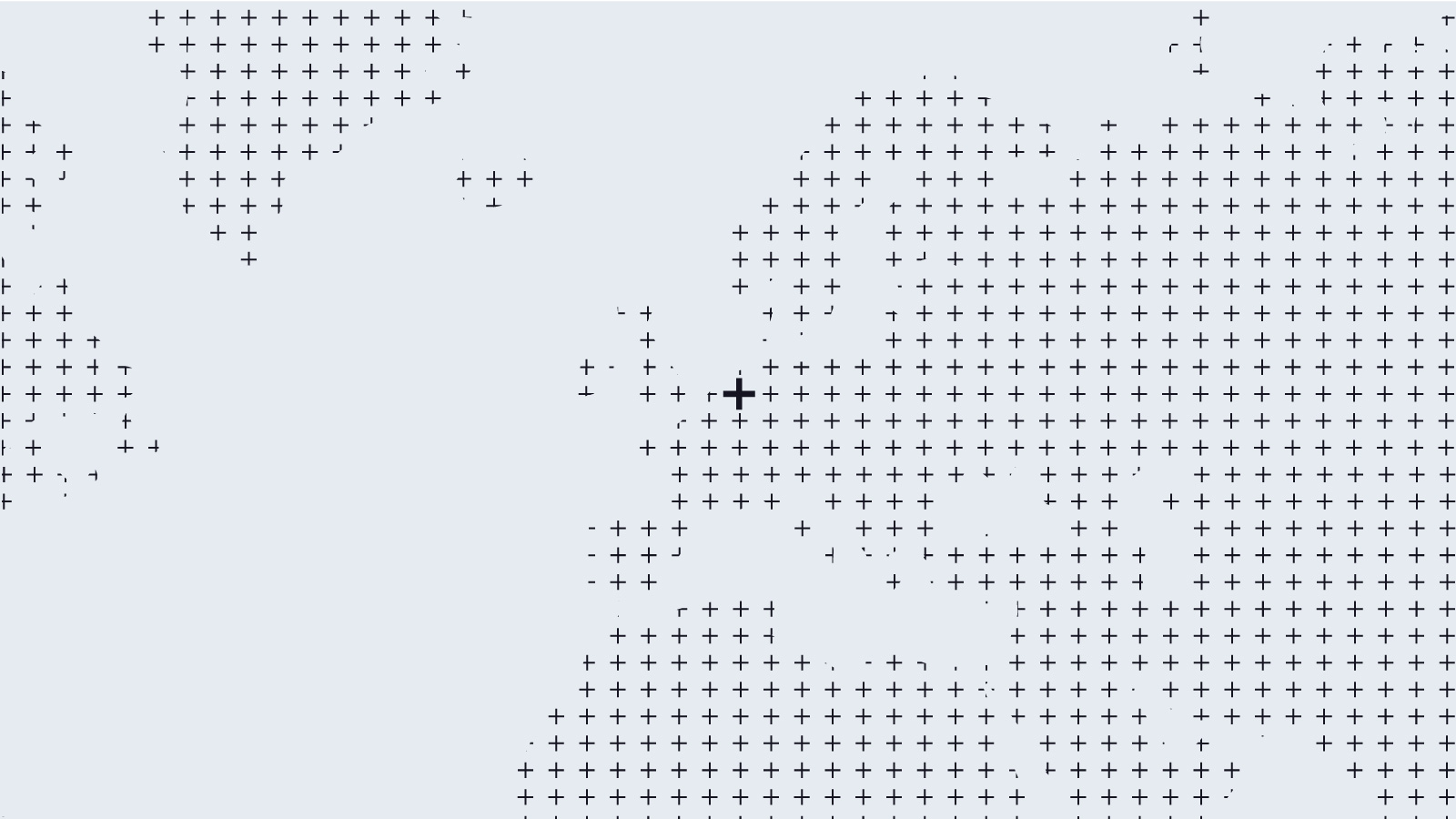
“One area of focus for research in the College of Engineering at Virginia Commonwealth University revolves around the development of metamaterials, integrated nanophotonics, and […]
Tell us your story; how did you start working at Northwestern University?
Actually it’s funny—I got here right before the pandemic started, so it was a very unusual start to a post-doc. I am glad I made it before the entire global shutdown.
Before I came to Northwestern, I did my PhD in Finland, at Alto University. So I spent four years over there and I defended my PhD towards the end of February 2020. A week after defending, I came to the US.
The reason why I ended up here at Northwestern University is that towards the end of my PhD I was wondering what to do next. After being in academia for four years I decided I wanted to keep doing that, so the natural next step was to do a post-doc. I am really into nano-optics and nanofabrication, so I was looking for groups that were working on that and Professor Teri Odom’s group is a leader in this type of research – so I had an interview with Professor Odom, and here I am!
You are currently viewing a placeholder content from Default. To access the actual content, click the button below. Please note that doing so will share data with third-party providers.
More InformationWhat’s the story behind your internship at Raith some years ago?
It was many years ago — this all happened when I was doing my undergrad degree. I was at the University of Zaragoza; I did a year abroad over there and took a class given by a professor who was the director of the microscopy center at that institution (José María de Teresa), and they have a RAITH system over there. I was just talking to him, and he said: “It could be an option for you to do an internship at RAITH — I was talking to them recently and it seems this would be something that they are interested in if you are interested in Electron Beam Lithography work.” He put me in contact with Andreas Remscheid (Sales Director Europe), who said, “Yes, sure!” and then with Guido Piaszenski, who was Head of the Research and Development department, and he was very happy to have me there for 6 months. I was young and I wanted to leave Spain and do something new — and off I went.
My internship was for about six months, so I started in October and it was done by April—something along those lines.
Did you have any good experiences which helped you in your personal development?
During my internship I got to know all the RAITH systems — the Raith150, the eLINE, the ELPHY Plus. So that came in very handy for me later on in my career, because I was able to use any of the Raith systems and perform Electron Beam Lithography. Like I said: I’ve been working on nanofabrication and nano-optics a lot, so I do a lot of nano-patterning; EBL is one of the main tools that you need for that, so I became an “expert” even at my young age, after being at RAITH. So that was very good!
Do you currently use a RAITH system for your work?
The work in this recent Nature Photonics publication was done at Alto University during my PhD, and the system that we used is the RAITH EBPG system. When I joined Northwestern University two years ago, we had no Electron Beam Lithography System at all, but a year after I arrived, Northwestern University purchased a RAITH VOYAGER system. And now we are finally using it!
How do RAITH systems support your work? Is there something you especially like about them?
Like I said: I use RAITH systems very very frequently, or at least I have in the past. Because I’ve been working on plasmonics, we had to make this a race of nano particles. So I was using RAITH almost on a regular basis, at least weekly. Having the opportunity to work with the EBPG was very nice because it was super fast when it comes to writing these nano patterns. And the user interface is also very easy to understand; you just set up the parameters, press play, and then you can go do something else and you get the results. It’s very easy to use and that’s one of the nice aspects about the RAITH system — all the automated alignment steps that you don’t have to worry about. You load your sample, five minutes, you can forget about it, and you get perfect results afterwards.
What are your future plans?
The future is always uncertain, but like I said before, I’ve been in academia for a little while, I like it so far, and I would like to continue in academia. I will try to find a more permanent position in the sector — so we’ll see!

“One area of focus for research in the College of Engineering at Virginia Commonwealth University revolves around the development of metamaterials, integrated nanophotonics, and […]

“We have already been using a RAITH EBPG and an ELPHY on a FIB-SEM microscope for years and were always satisfied with the performance and ease of use of the systems. With VELION, Raith now offers […]